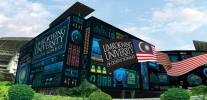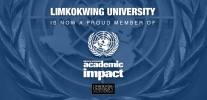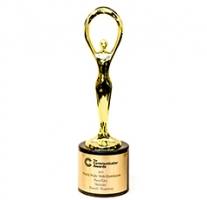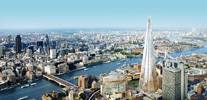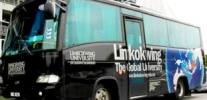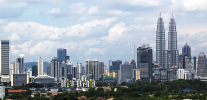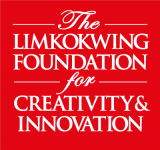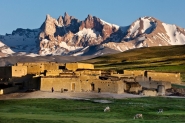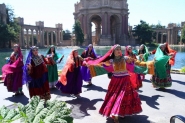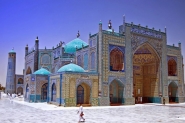 Photo Credit: thephotosociety.org
Photo Credit: thephotosociety.org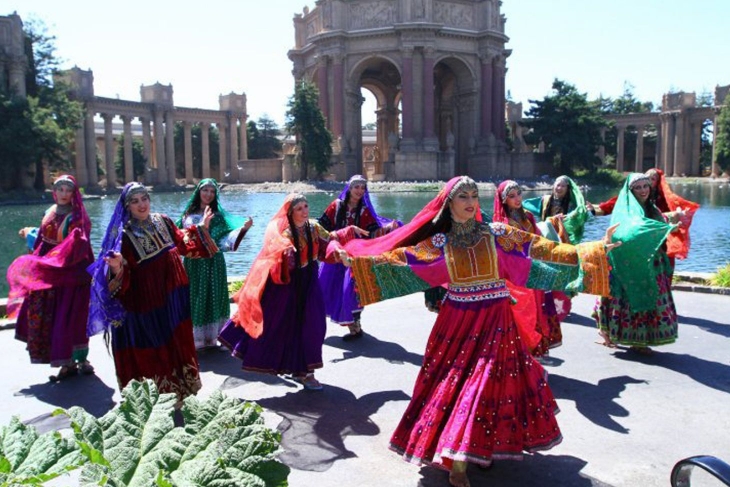 Photo Credit: google.com.au
Photo Credit: google.com.au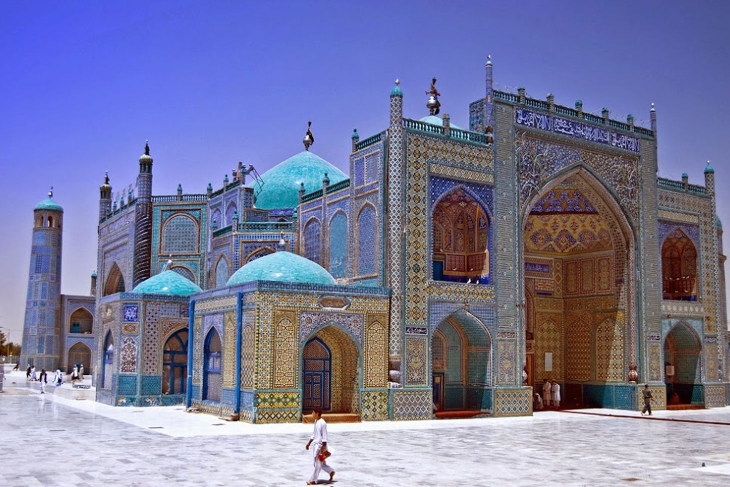 Photo Credit: kids.nationalgeographic.com
Photo Credit: kids.nationalgeographic.com
Landlocked and mountainous, Afghanistan is located within South Asia and Central Asia.
The only city in Afghanistan with over 1 million people is its capital, Kabul. It existed as a city for more than 3,500 years and has been Afghanistan’s capital since 1776.
Being the country’s cultural and economic centre, Kabul has a mix of new and old buildings. The modern part of the city has commercial and administrative buildings, and a portion of the old city has several historical monuments. Kabul’s industries include marble works, a foundry, a furniture factory, wool and rayon mills, and food processing plants.
The main source of income in Afghanistan is agriculture, and during its good years, Afghanistan produces enough food and food products to provide for the people, as well as to create a surplus for export.
Its top export markets are India, Pakistan, Iran, Saudi Arabia, Central Asian Republics and the EU. Imports primarily come from China, Japan, Pakistan and Iran.
Afghanistan has a continental climate with harsh winters in the central highlands and hot summers in the low-lying areas of the Sistan Basin of the southwest.
Some of the country’s top tourist attractions include the National Museum of Afghanistan, Gardens of Babur, Id Gah Mosque, Qargha Reservoir and the Kabul Zoo to mention a few.
Historically, Afghanistan was incorporated within large regional empires, namely the Achaemenid Empire, Macedonian Empire, Indian Maurya Empire and the Islamic Empire.
The country sits at a unique nexus point where numerous civilisations have interacted. It has been home to various people through the ages, such as the ancient Iranian people who established the dominant role of Indo-Iranian languages in the region.
Many empires and kingdoms have also risen to power in Afghanistan, such as the Greco-Bactians, Kushans, Hephthalites, Kabul, Shahis, Saffarids, Samanids, Ghaznavids, Ghurids and Khiljis which all marked the political origins of the modern state.



